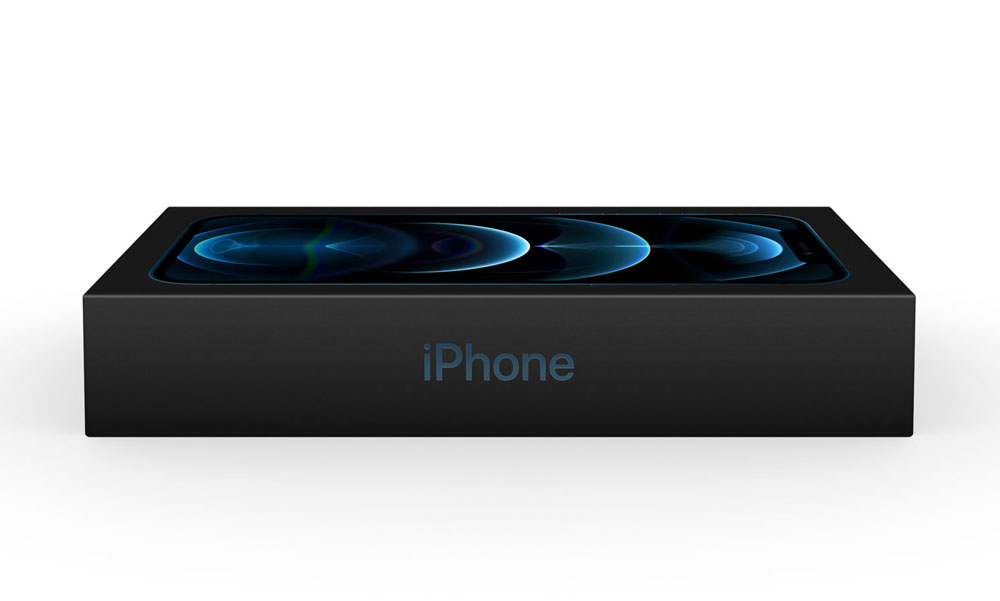Apple Continues Selling the iPhone XR and iPhone 11 in a Whole New Way
 Credit: Apple
Credit: Apple
Toggle Dark Mode
Naturally with each year’s major iPhone announcement comes the discounting of at least some models from Apple’s current iPhone lineup, but this year sees fewer iPhones on the chopping block, with only last year’s iPhone 11 Pro models being removed from the mix.
Apple’s iPhone lineup has gone in some new directions in recent years, with the introduction of the iPhone X shaking things up in 2017, following by the iPhone XR taking the lower-place slot from the more traditional iPhone 8 the following year, so it’s hard to say what Apple is going to do with its older models these days, but at the same time this year could represent one of the cleanest lineups that Apple has yet offered.
Last year when Apple debuted the iPhone 11 and iPhone 11 Pro, it naturally dropped the iPhone XS models that came before, but kept the lower-cost iPhone XR on sale, along with the iPhone 8 and iPhone 8 Plus, which were only discontinued last spring when the new 2020 iPhone SE became their obvious replacement.
So it probably shouldn’t come as a big surprise that Apple is continuing to sell the two-year-old iPhone XR, but with a new entry-level price of $499, it’s also become the most affordable Face ID equipped iPhone that Apple has ever sold.
Essentially, Apple’s new iPhone 12 models sit at the top of the lineup, while last year’s iPhone 11 comes in as a third-tier option, followed by the iPhone XR and then the iPhone SE.

Of course, the tradeoff between those two phones on the bottom end of the scale is a bit trickier, as the iPhone SE is still $100 less and comes with Apple’s more recent A13 chip, and while the A12 chip in the iPhone XR is definitely no slouch, iPhone SE users will benefit from a few more advanced computational photography features as a result of the better chip.
The iPhone SE is also sold in a 256GB capacity, whereas the iPhone XR has topped at 128GB since being superseded by the iPhone 11 last year.
So it’s hard to argue that for $399 the iPhone SE is still the better deal, but the iPhone XR isn’t without its merits, including Face ID and the accompanying TrueDepth camera that’s definitely superior to the front shooter on the iPhone SE, as well as the edge-to-edge Liquid Retina LCD display.
Meanwhile, the iPhone 11 moves down to take the price point that was up until yesterday filled by the iPhone XR, making it another great deal, especially when you consider that it’s very likely many carriers will practically be giving away these models on contract. Unlike the iPhone XR, you can also still buy a new 256GB iPhone 11.
The Catch
To be clear, this isn’t just Apple selling off old stock of the iPhone 11 and iPhone XR — although certainly some of those remain in the system too — but rather the company will be continuing to manufacture both of these models as options for customers looking for something that sits in between the iPhone SE and the much pricier iPhone 12.
However, as part of Apple’s new push to reduce e-waste, the iPhone 11 and iPhone XR will be following Apple’s policy to remove the charger and the EarPods from the iPhone packaging. In other words, every new iPhone 11 and iPhone XR that Apple is producing from here on out is going to be sold in a smaller box without those additional accessories included, and this has also been extended to the iPhone SE as well.
In other words, from here on out, all of Apple’s iPhones, from the $399 iPhone SE all the way up to the $1,099 iPhone 12 Pro Max, will include only a USB-C to Lightning cable in the packaging.
Apple explains this under the “What’s in the Box” section at the bottom of each product page with a simple statement advising users to use their existing accessories or purchase the new ones separately, with a link to Apple’s Environment page.
As part of our efforts to reach our environmental goals, iPhone (model) no longer includes a power adapter or EarPods. Please use your existing Apple power adapter and headphones or buy these accessories separately.
During Apple’s keynote event yesterday, Lisa Jackson, Apple’s VP of Environment, Policy, and Social Initiatives, explained the decision as not only reducing the waste of adding adapters and EarPods that a great many users never actually use, but also reducing the packaging size and weight to allow more iPhones to be shipped with a lower carbon footprint.
Jackson indicated that the removal of these two accessories from every iPhone sold would result in an environmental benefit equivalent to taking 450,000 cars off the road each year.








